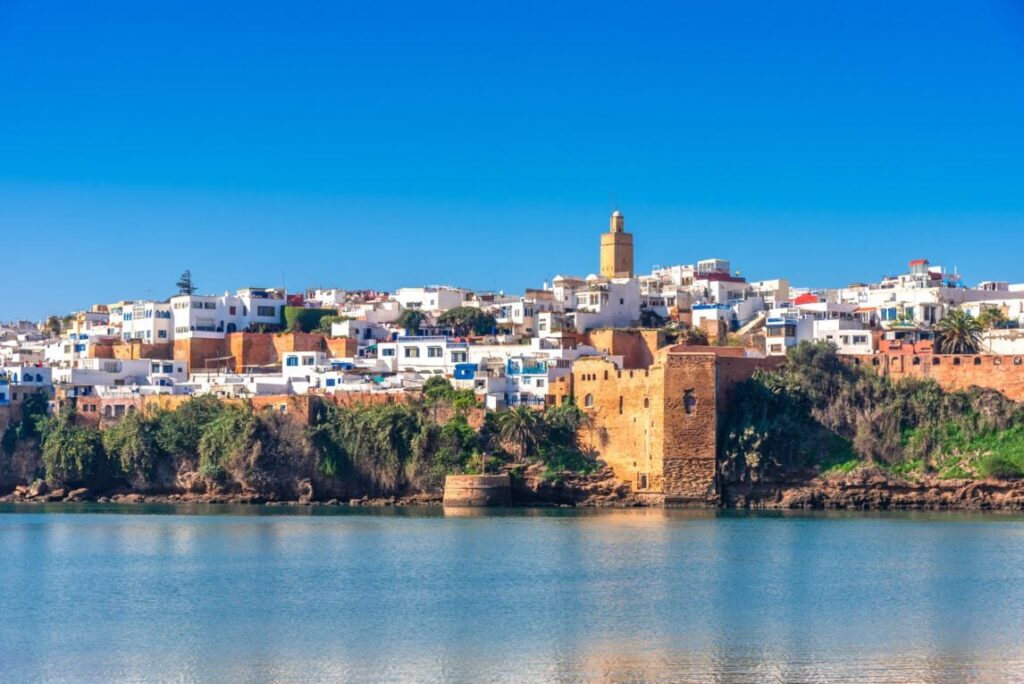Rabat, Morocco – Travel Tips
Category
Categories
Popular Articles

**Overview of the Destination:**
Rabat, the capital city of Morocco, gracefully located along the shores of the Atlantic Ocean, is known for its rich history, enchanting architecture, and vibrant culture. It’s a blend of the old and new, boasting art-deco Colonial buildings, Islamic sites, and contemporary infrastructures. Rabat’s charm lies in its harmonious blend of tradition and modernity, creating an allure that’s impossible to resist. A UNESCO World Heritage Site, this city offers tourists an in-depth understanding of the Moroccan history, traditions, and lifestyle.
**Best Time to Visit:**
Rabat is pleasant all year round, but to enjoy the city at its best, consider visiting in the spring (April to June) when the landscapes around the city are in full bloom. Autumn (September to November) is also a great time with milder temperatures and fewer crowds. The Mawazine Festival, held in May or June, is a major event featuring music from around the world. If you’re planning to visit then, book your accommodations in advance.
**Climate & What to Pack:**
Rabat enjoys a Mediterranean climate, with warm, dry summers and mild, wet winters. Comfortable, breathable clothes are best for the summer, with a hat and sunblock for protection against the sun. Light woolen clothes are perfect for the winter. Comfortable shoes are a must for exploring the city’s medina and historic sites. An umbrella or a lightweight waterproof jacket is useful in the rainy season from November to March.
**Getting There:**
The nearest major airport to Rabat is Rabat-Salé International Airport. There are numerous transport options available from the airport to the city, including taxis and airport shuttle services. Travelers from many countries can enter Morocco without a visa for up to 90 days, but it’s advisable to check the latest information before your trip.
**Getting Around Locally:**
Rabat is a walkable city, especially the old medina and city center. For more distant attractions, taxis and trams are available. If you’re more adventurous, renting bikes is another way to explore the city. Renting a car is also an option, but traffic in Rabat can be challenging.
**Safety Tips:**
Rabat is generally safe, but like any city, it’s wise to practice basic safety precautions. Keep belongings closely guarded in crowded areas to avoid pickpockets. Some areas, such as the old medina, can feel a bit unsafe at night so consider traveling with a companion. Respect local customs and avoid showing excess skin in public, especially women.
**Top Things to Do & See:**
Must-visit spots include the iconic Hassan Tower, the picturesque Kasbah of the Udayas, and the grand Mohammed V Mausoleum. Explore the ancient Chellah, check out contemporary art at the Mohammed VI Museum of Modern and Contemporary Art, or relax in the Andalusian Gardens. If you’re a beach lover, Rabat’s sandy beaches provide a welcome break from sightseeing.
**Where to Stay:**
The best neighborhoods to stay in Rabat are Agdal, where you’ll find mid-range to luxury hotels, and the medina where budget and mid-range accommodations are available.
**Food & Local Cuisine:**
Moroccan cuisine is a treat for the palate. Taste popular dishes like couscous, tagine, and pastilla. Try street food like msemen (Moroccan crepes) and sardine balls from food stalls in the Medina. For a high-end dining experience, Dinarjat and Le Ziryab are highly recommended.
**Cultural & Practical Tips:**
The official languages in Morocco are Arabic and Amazigh, but French is widely spoken. The currency is Moroccan dirham. Plugs are type C and E, and the standard voltage is 220 V. Tipping is a common practice in Moroccan culture, so leave around 10-15% at restaurants or cafes. Free Wi-Fi is common in hotels, restaurants, and some public spaces.
**Sustainable or Responsible Travel Tips:**
Respect local culture, dress modestly, and try to learn a few words in Arabic—it’s much appreciated by the locals. Support local businesses by buying authentic handmade Moroccan items. Avoid bargaining too much, as artisans put a lot of effort and time into their trade.
**Personal Travel Tip:**
If you’re visiting Rabat for the first time, take your time to absorb the history and culture of the city. Don’t rush and try to see everything in one day. The beauty of Rabat lies in its slower pace. Let the city charm you at its own pace, and you’ll leave feeling more rewarded.










